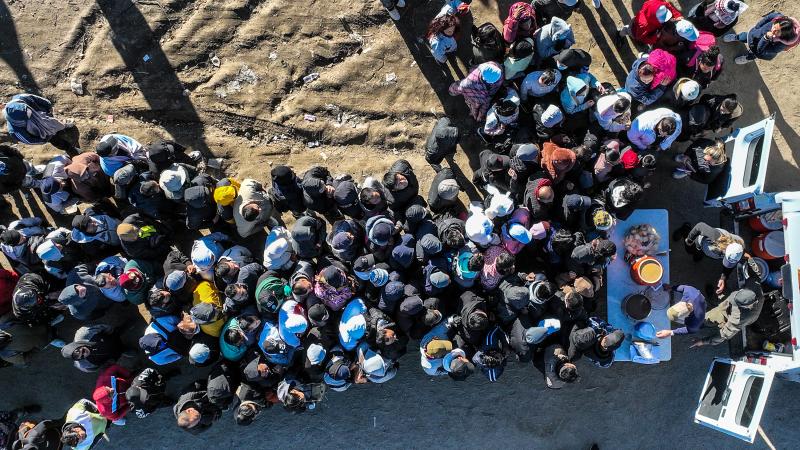DEA offers new details on Seattle-area bust of multi-state drug trafficking ring
New details have come out into last week’s nationwide takedown of a Washington state-based drug trafficking and money laundering enterprise with ties to a prominent Seattle-area Boys & Girls Clubs activist. As previously reported by The Center Square, five of
New details have come out into last week’s nationwide takedown of a Washington state-based drug trafficking and money laundering enterprise with ties to a prominent Seattle-area Boys & Girls Clubs activist.
As previously reported by The Center Square, five of the 17 people arrested were from a Seattle-area family, and two brothers, Marquis and Markell Jackson, were the main leaders of the drug ring. Their mother, Matelita “Marty” Jackson, is well known for her activism and leadership position with Seattle’s Boys & Girls Clubs. She now faces charges that could put her away for life if convicted.
King County Boys & Girls Clubs confirmed they have severed all ties with Jackson.
David Reams, special agent in charge of the Drug Enforcement Administration’s Seattle Field Division, spoke with The Center Square about the longtime investigation that culminated in simultaneous raids earlier this month.
“It was the convergence of two different cases,” he said. “We had a case in Bellingham with Lummi Nation and really focused on that for the last year on the overdose deaths that occurred, four of them in less than a week.”
Reames explained how the nationwide coordinated takedown operation played out.
“All the warrants were served simultaneously, and the ones in Seattle were served at 4 a.m. as we were trying to coordinate with another warrant in Atlanta, Ga., they were doing at 7 a.m.,” explained Reames, who estimated there were approximately 150 agents involved in the operation.
“So, DEA, FBI, Seattle Police, King County, they all participated in the enforcement operations here locally,” he continued. “Our area was the headquarters of the group.”
According to the indictment, officials believe Marty Jackson’s Renton home was the center of the crime ring and that she used personal accounts to launder money derived from dealing fentanyl.
Reames said after investigators realized the drug ring was supplying fentanyl to the Lummi Nation, the two separate cases converged.
“We have a special responsibility to our Native American communities to keep them safe, and I take that very personally,” said Reames, who noted he sympathizes with community residents frustrated by the slow pace of the justice system.
He put a positive spin on what’s happened so far.
“It might seem on the outside that things are moving slow, but what we hope is the result is a solution to the problem,” Reames said. “The Lummi Nation is a small community, and this seizure had a big effect on them by removing people who were poisoning their community.”
Reames said the investigation is ongoing and more arrests could come.
He broke down the number of drugs and other items seized: 846,000 fentanyl pills, 6.6 kg of fentanyl powder, 7.8 kg of cocaine and more than 3 kg of methamphetamine, as well as 29 firearms
The DEA lab has come up with a formula to estimate the number of lethal doses based on what they confiscated, according to Reames.
“It’s nearly a million lethal doses,” he said. “That’s an enormous number of potential deaths in just what we got, let alone the stuff we didn’t catch, so it’s a big organization.”
The vast majority of fentanyl is coming from outside the country.
“Almost all fentanyl is made in Mexico by the Sinaloa and Jalisco cartels,” Reames said. “Chinese companies sell the precursor chemicals to the Mexican cartels and then they create the fentanyl in labs in Mexico and ship them to the United States.”
According to the DEA, fentanyl is the leading cause of death for Americans between the ages of 18 and 45. The agency found that six out of 10 fentanyl-laced fake prescription pills contain a potentially lethal dose of the drug.















